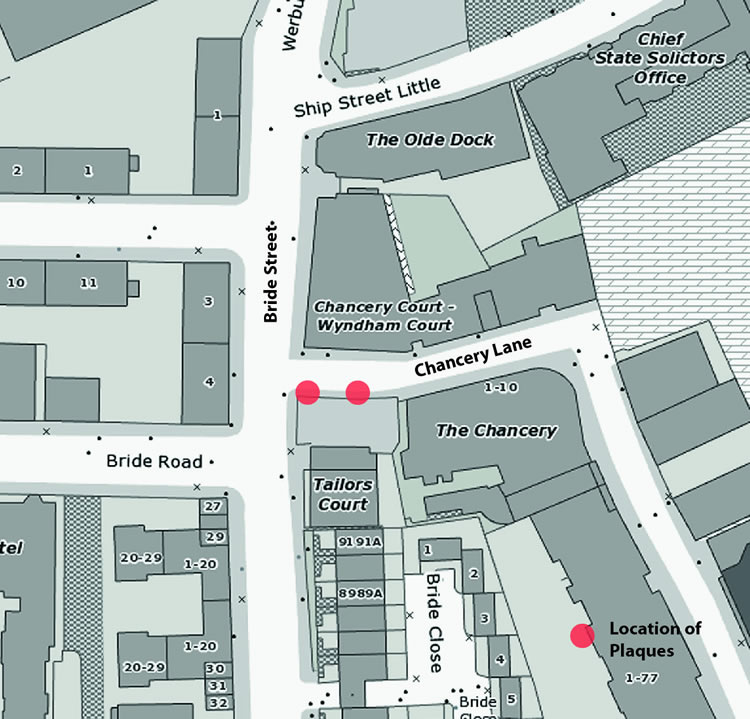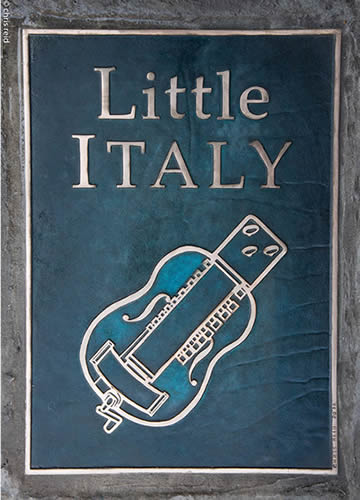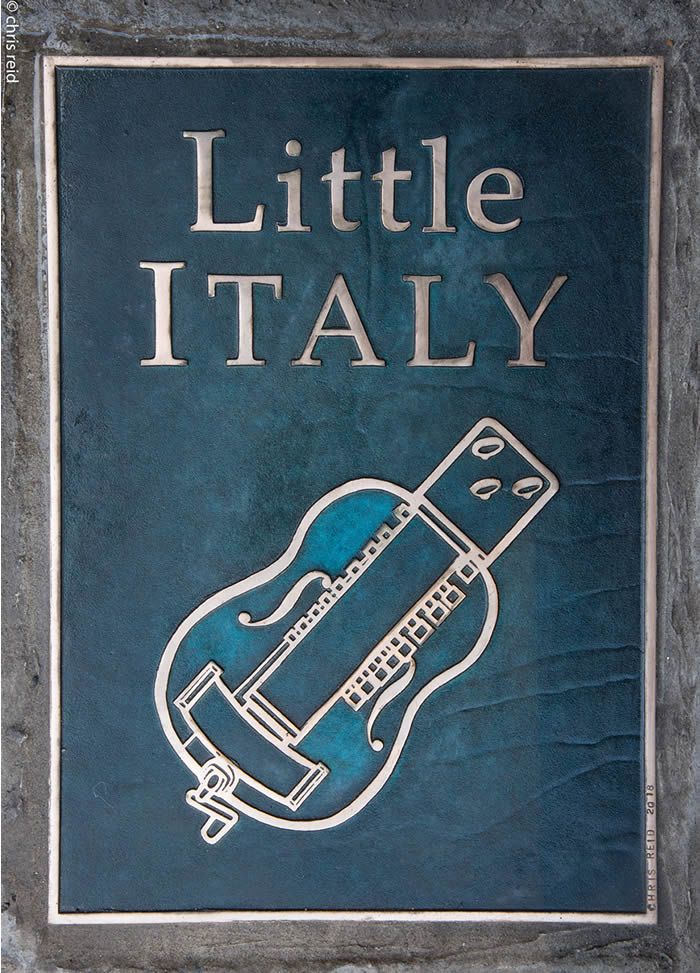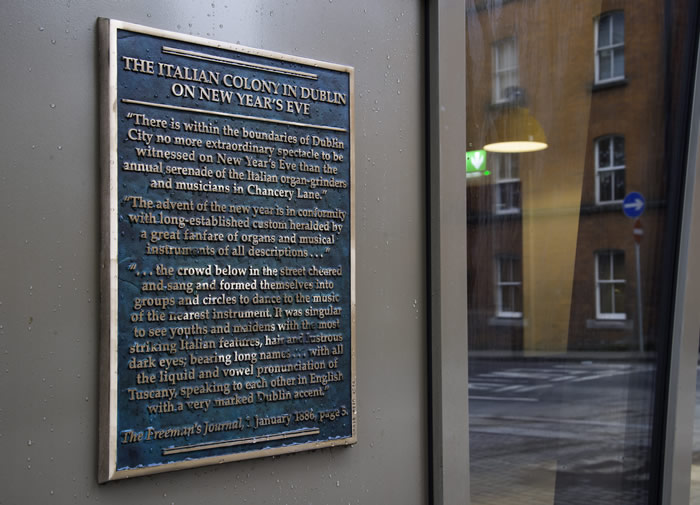2018: Little Italy. The forgotten Italian colony in Dublin city in the 19th and early 20th centuries
Scroll down to see a selection of images from the archive.
From the 1840’s until the 1930’s, Chancery Lane was the centre of an area known in Dublin as ‘Little Italy’. This area was made up of Ship Street, Werburgh Street, Golden Lane, Whitefriar Street and Chancery Lane. The area had a mixed population that included Jewish people from Germany and Lithuania, also English and Irish people; however most of the people in the area had Italian ancestry. When the Jewish population left to build their own area a kilometre to the south between Clanbrassil Street and Lennox Street the area around Chancery Lane became almost entirely associated with the immigrant Italian population. The first wave of Italian people, mostly men, came to Dublin in the early to mid-19th century. These men were often skilled crafts people who found employment as stucco workers and wood workers for the Catholic Church which was engaged in building many churches across the city. The second wave were often self-employed as street vendors and street musicians. The 1901 and 1907 census shows their professions to include Ice cream vendors, Musician, Figure maker, box maker, Harpist, model, Organ grinders, Organ grinder owner, Frame maker, Dealer, Messenger. Many of the professions listed were music related and many of the references in 19th century publications to this community were also music related. More specifically many of these musicians were street musicians. A popular instrument for Italian street musicians in Dublin at this time was the Hurdy Gurdy. This instrument was featured in one of the plaques (fig.1, fig.3)
The area became famous for the flamboyant way the locals celebrated the advent of the New Year. A party atmosphere was created by musicians playing organ grinders, hurdy Gurdy’s, violins and other instruments. The street would be lit up and decorated and local people would wear traditional Italian clothes to welcome all comers to a massive street party. The carnival atmosphere was such that it attracted people from all over the city. Toward the end of the 19th century it was considered a tradition and custom specific to this community. Each year, on the following day an article in the Freeman’s Journal would document the celebrations on Chancery Lane that took place night before. Quotations from such an article (Freeman’s Journal, 1 January 1886) were used in a plaque
(fig. 2, fig. 4).
Though this yearly event was referred to as a custom and tradition it was not to be a permanent one.
Many of the local people moved from being street vendors to being retailers. As the Dublin suburbs of the 1920’s and 1930’s were built many Italian Irish families moved their homes and businesses out to places like Cabra, Crumlin, Marino and Killester. By 1940 an article in the Irish Times bemoaned the disappearance of Little Italy for over a generation.
''Alackaday! the picturesque customs diminish yearly. For nearly a generation there has been no ''Little Italy'' in the Irish capital, though the number of Italian residents has by no means diminished.'' (A Scattered Colony, The Irish Times 2.1.1940)
These plaques commemorate this community of migrants as it evolved in the 19th century. It commemorates the integration of this migrant community into the wider community. It also commemorates impermanence, as today there is no sign of the existence of ‘Little Italy’ or even the Chancery Lane of this time (fig. 5) beyond the street under one’s feet and the cobblestones hidden under the tarmac, these predate Little Italy, but that is another story.
Chris Reid 20.12.2018
The plaques have been installed at the Bride street end of Chancery lane in Dublin City (fig. 6). Chris Reid originated, designed, cast and installed the two plaqueswith the help of Bronze Art foundry. This project is supported by Tom Phillips of Teepee Developments Ltd. A publication will be produced and distributed in 2019.
Click on images to enlarge

fig7. Map showing locations of plaques on Chancery Lane.






